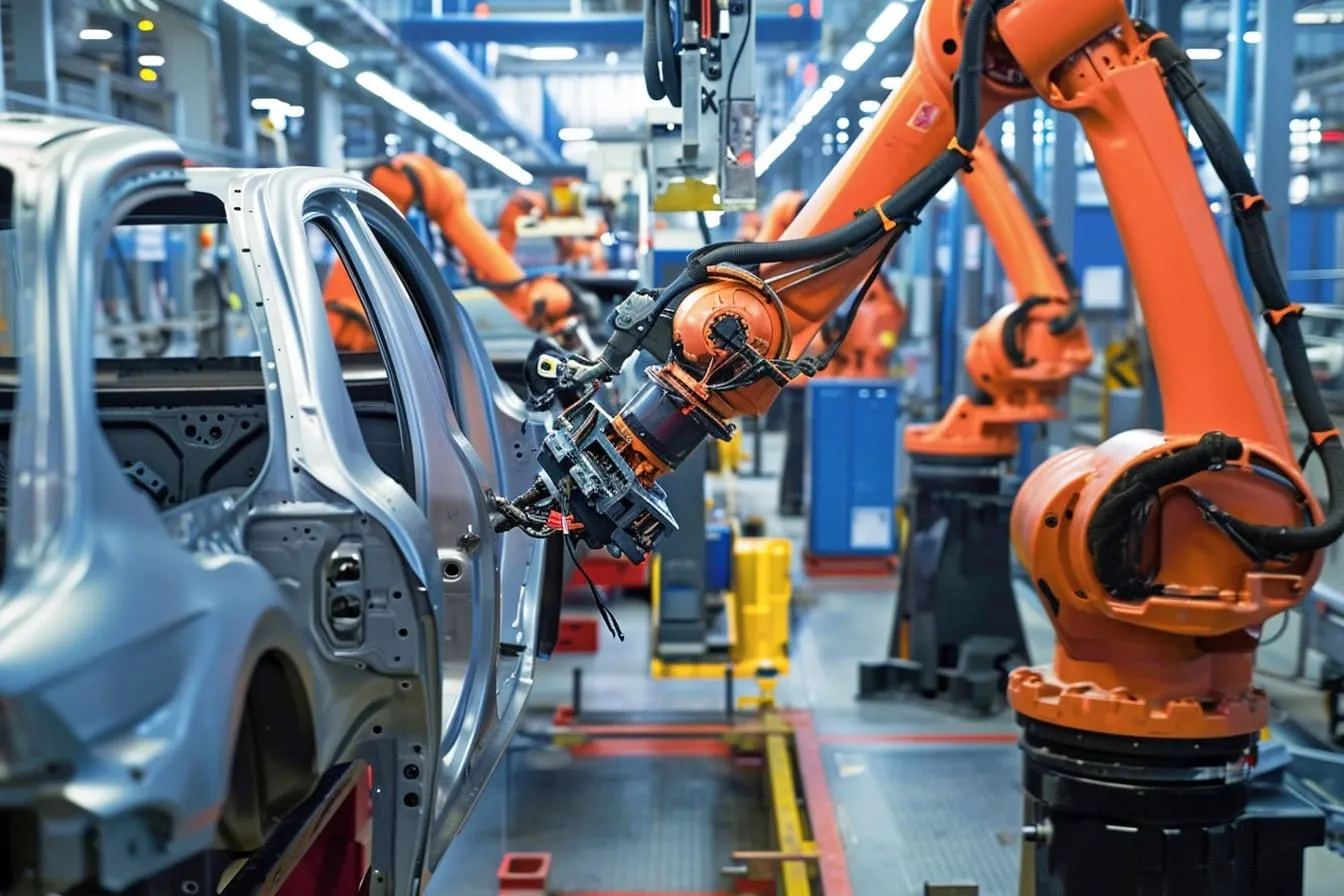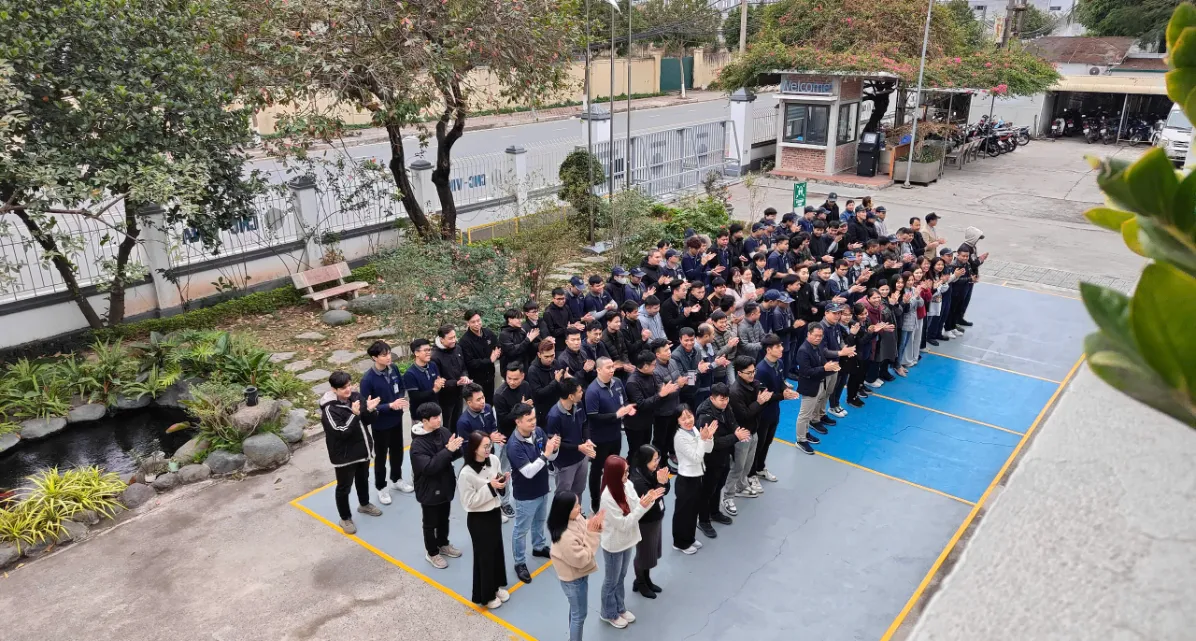Welding is an indispensable process in many industries such as automotive, construction, oil & gas, and machinery manufacturing. The quality of a weld directly affects the durability, safety, and performance of the final product. To ensure optimal welding quality, two critical factors must be closely monitored and controlled: temperature and material properties. Poor control of these factors can lead to welding defects, compromising structural integrity and user safety.
So how can we effectively monitor and control temperature and material characteristics throughout the welding process to achieve the highest level of finish and quality? In this article, let's join PWP Solution in exploring in detail the importance of temperature and materials in welding!
Temperature during welding determines the melting, bonding, and solidification of metal at the weld area. If not properly controlled, it can lead to serious issues:
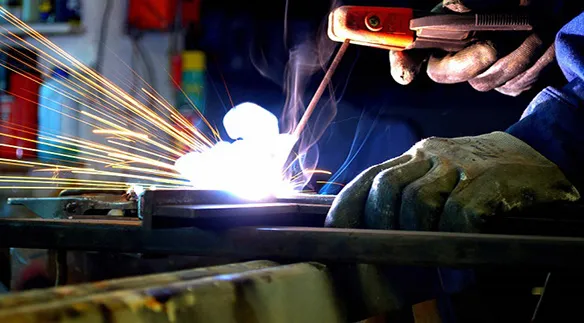
Causes thermal distortion, reducing the mechanical strength of the weld.
Enlarges the Heat-Affected Zone (HAZ), making the metal brittle and more prone to cracking.
Can result in burn-through at the weld edges, reducing material thickness and creating porosity in the weld.
Insufficient heat fails to fully melt the material, leading to cold welding.
Reduces bonding between metal layers, causing welding defects like porosity and cracks.
Leads to poor weld strength, which can easily fail under heavy loads.
Each material has different mechanical and chemical properties, which directly influence the welding process. Key factors include:
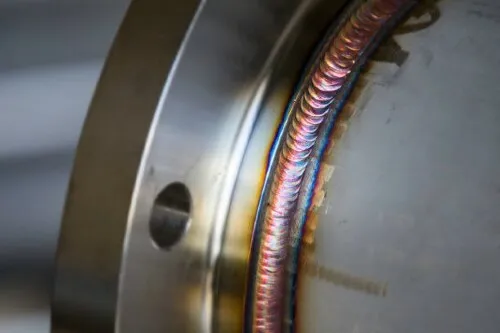
- Type of material:
Low-carbon steel has good weldability but requires controlled cooling to avoid cracking.
Stainless steel is prone to thermal distortion and needs proper shielding gases to prevent oxidation.
Aluminum and its alloys have high thermal conductivity, requiring greater heat input for effective bonding.
- Material thickness:
Thicker materials need higher current and longer welding time to achieve proper penetration.
Thin materials are prone to burning or perforation if the welding temperature is too high.
- Chemical Composition:
High carbon content increases the risk of hot cracking.
Alloying elements like chromium and molybdenum enhance strength but may increase weld brittleness.
To ensure high - quality welds, the following control measures should be applied:
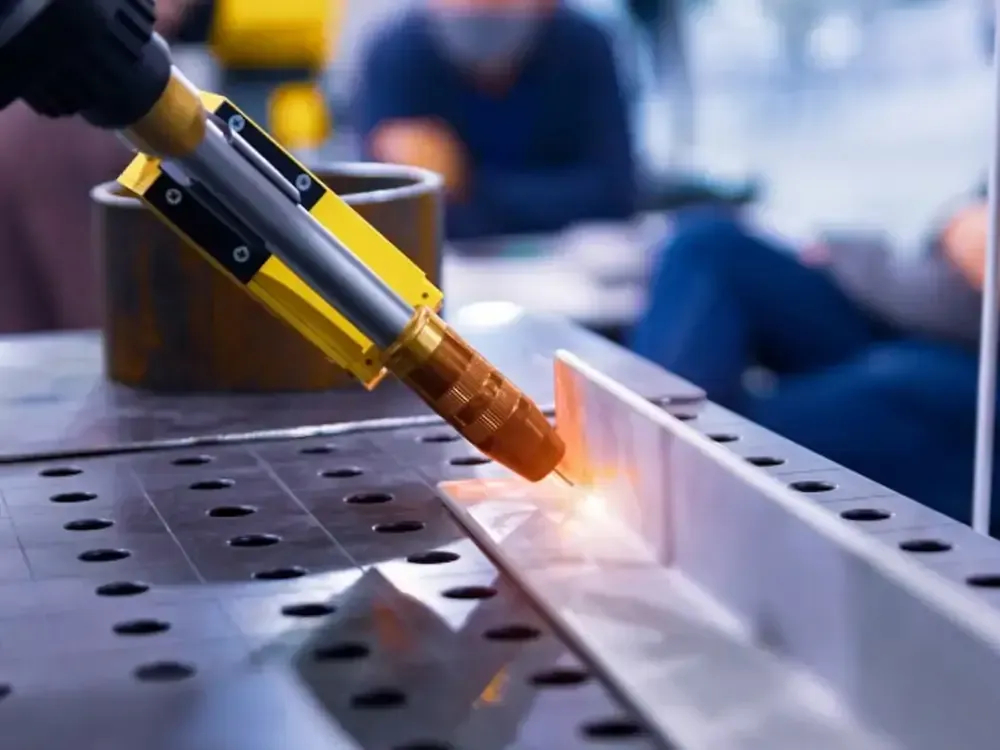
Use modern welding equipment capable of precise temperature adjustment.
Adjust welding speed depending on material type and thickness.
Apply preheating and post-heating methods to reduce thermal stress in special cases.
Select materials with appropriate chemical composition and thickness for the chosen welding method.
Ensure materials are free of impurities that may affect weld quality.
Clean material surfaces before welding to remove oil, dust, and rust.
Use non-destructive testing (NDT) methods such as ultrasonic or X-ray inspection to detect weld defects.
Verify weld quality through mechanical testing to ensure strength and ductility
Identifying the correct material and controlling weld quality are critical tasks. Many real-world studies have shown the significant effects of temperature and materials on welding performance. Some notable examples include:
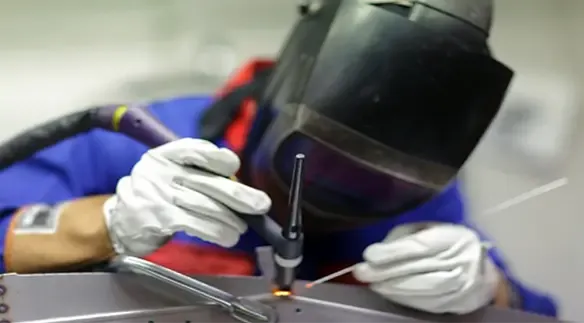
Steel Bridge Construction: In a major steel bridge project, poor temperature control during welding led to stress-induced cracking, forcing contractors to re-weld several areas.
Aerospace Industry: When welding aluminum alloys for aircraft manufacturing, engineers applied pulsed welding technology to minimize distortion and ensure high strength.
Shipbuilding: Welding high-strength steel in shipbuilding requires strict temperature control to prevent cold cracking, thereby extending the vessel's lifespan.
Mechanical Fabrication: Various welding techniques are widely used in mechanical engineering, each differing in temperature requirements during operation. Therefore, temperature control varies across different welding methods.
Temperature and material selection are two key factors that significantly influence weld quality and the final product. Understanding these principles and applying modern control techniques will enhance performance, durability, and safety in welding operations. For this reason, engineers and welders must continuously improve their skills to meet the increasing demands of the industry. If you're unsure about which materials to choose or how to control temperature for your product, feel free to contact PWP Solution for expert consultation!
